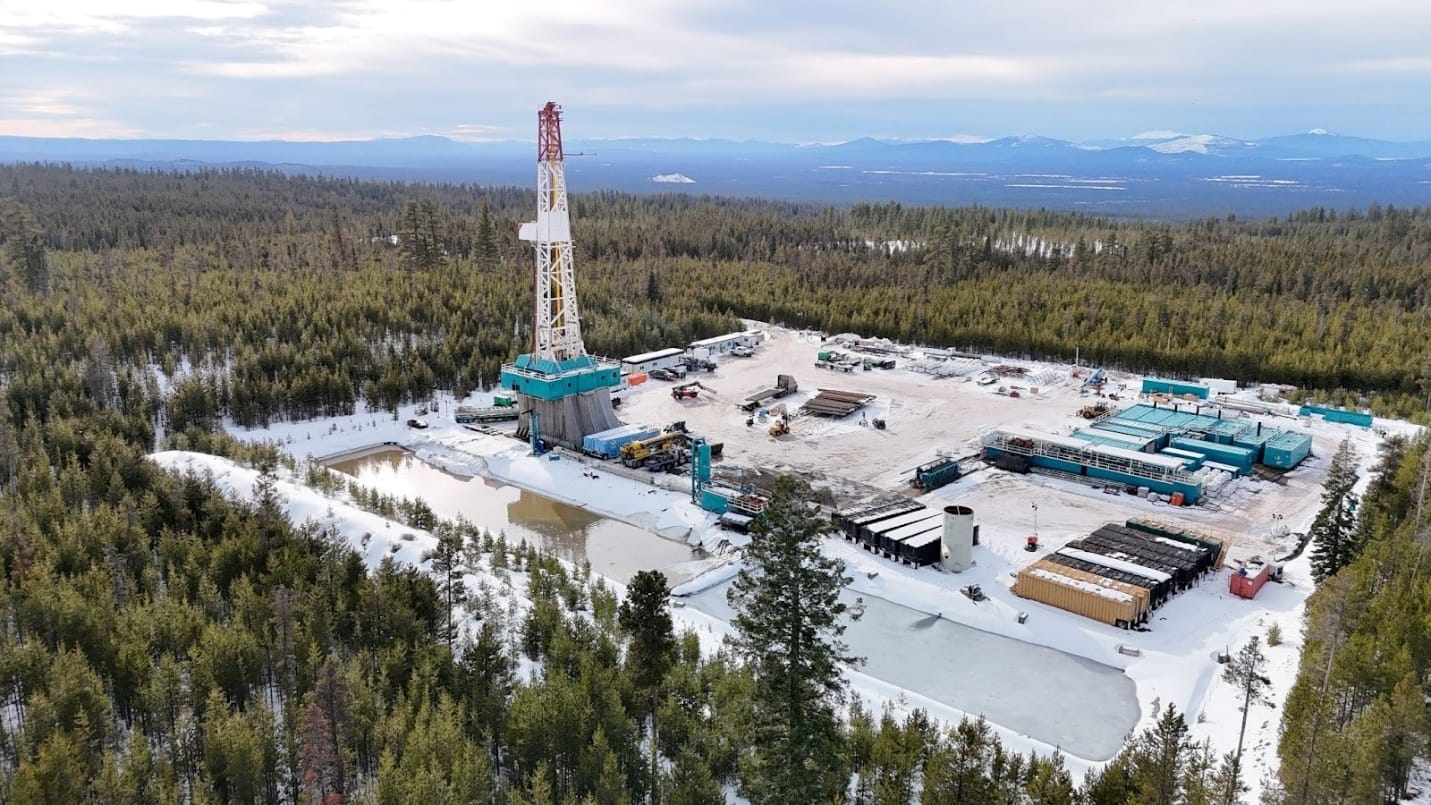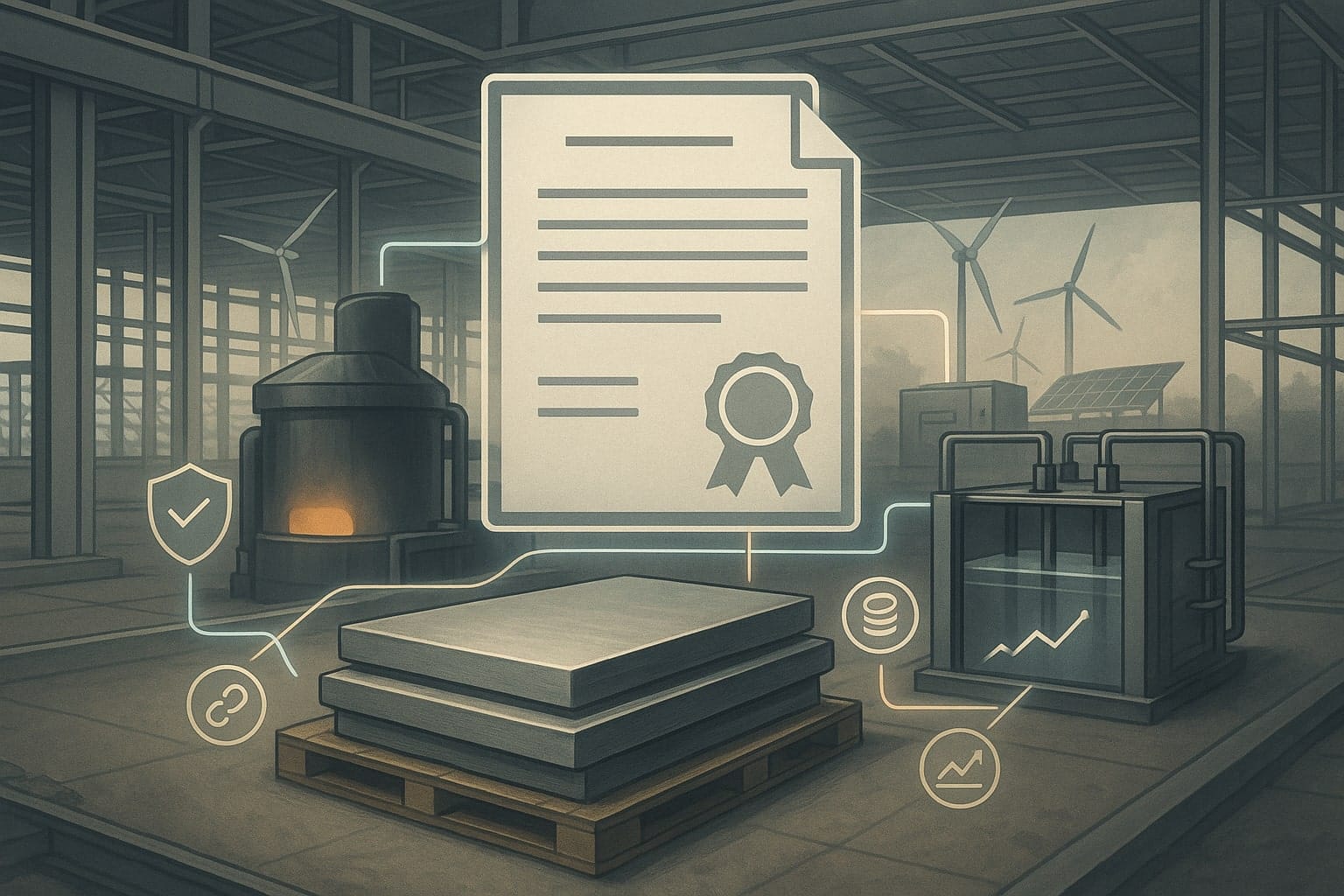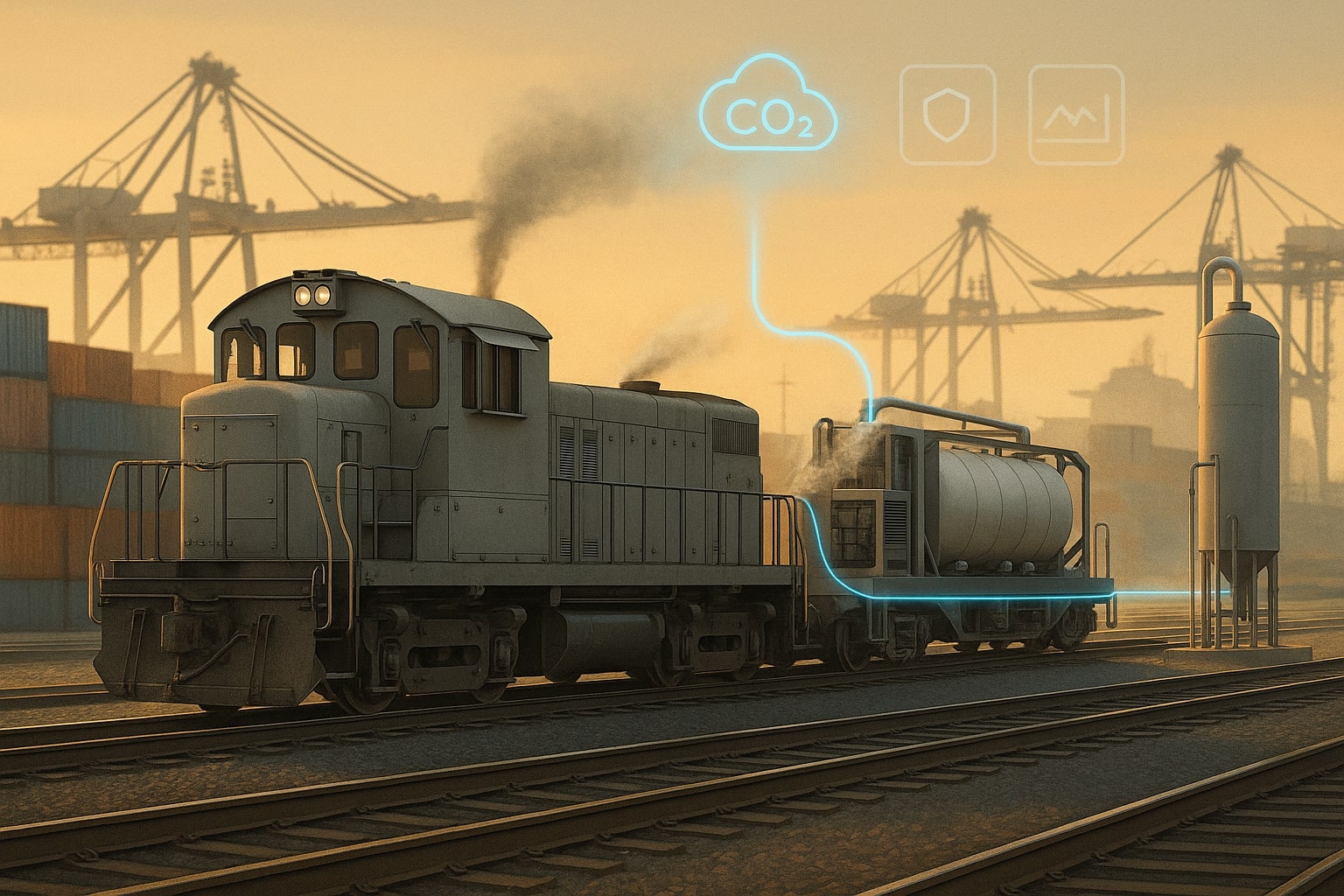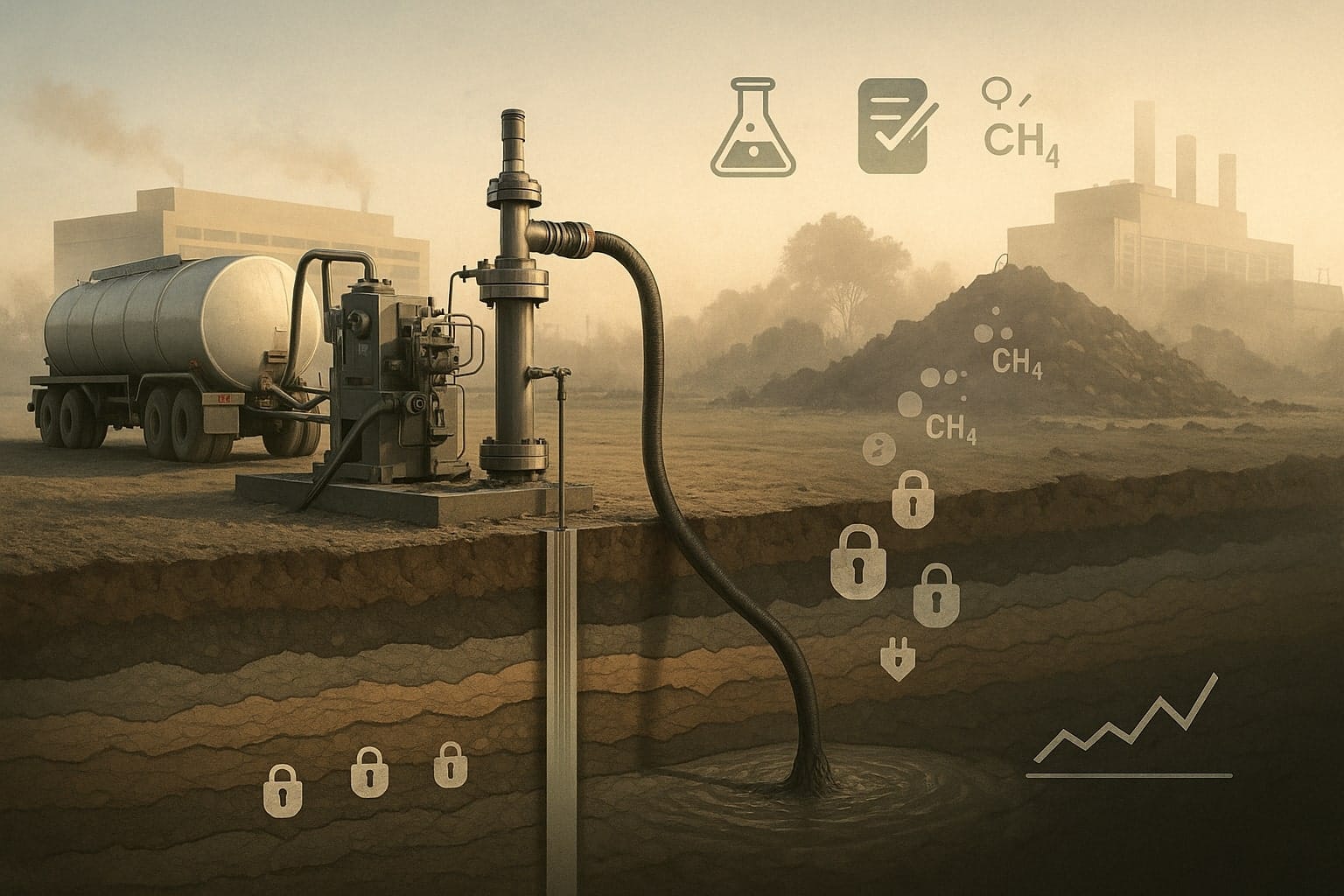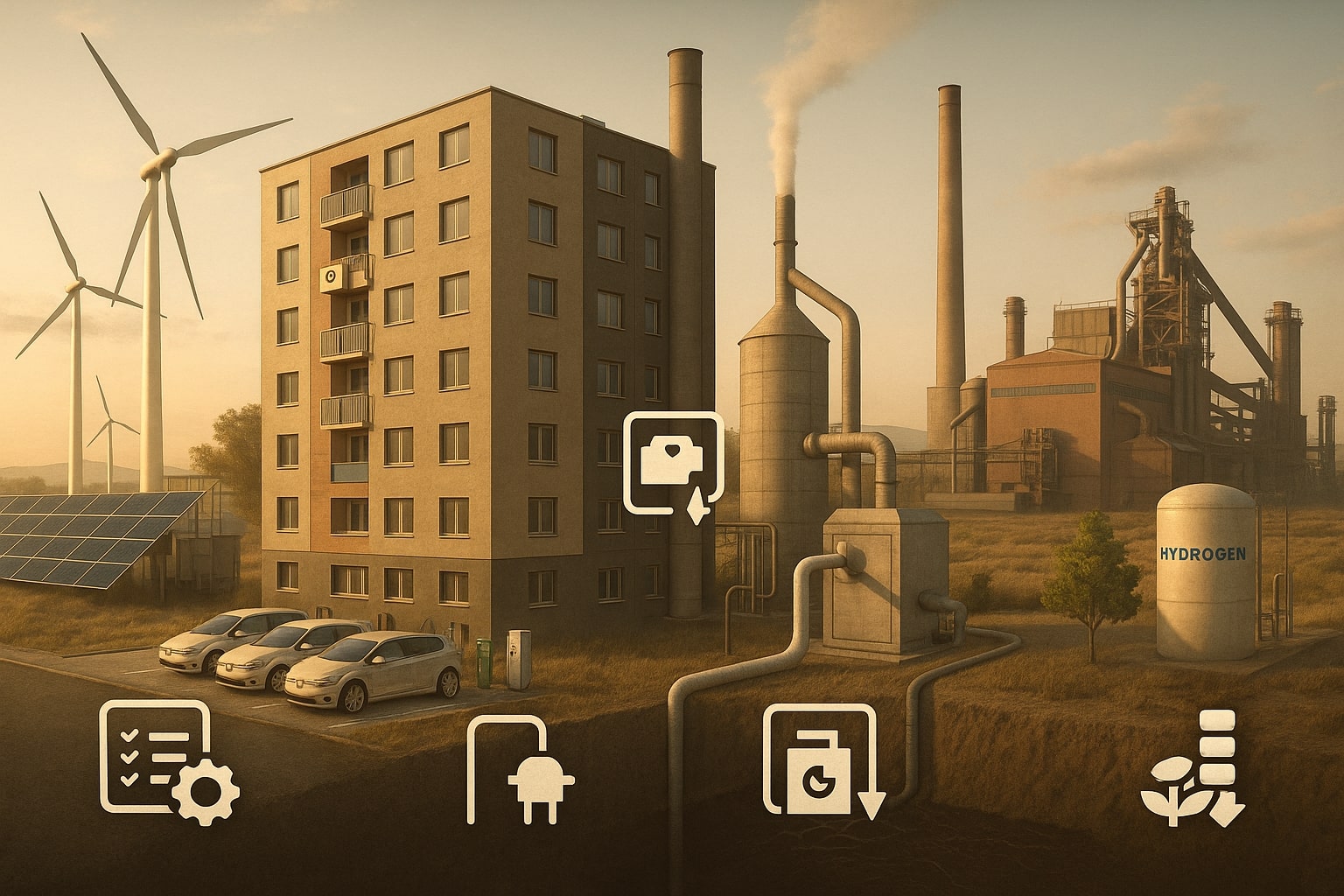Liebherr, a prominent player in the construction equipment sector, has introduced the world’s first large hydrogen-powered wheel loader, the L 566 H. This prototype is designed to operate using a hydrogen combustion engine, marking a significant step in the shift towards sustainable construction machinery. In collaboration with Austrian construction company STRABAG, this innovation will be trialed at the Kanzelstein Quarry in Gratkorn, Austria, over a two-year period. The launch aligns with growing efforts to decarbonize heavy industries, particularly those where full electrification poses challenges due to high energy demands.
Table of Contents
ToggleBackground
Liebherr’s innovation arrives at a crucial time for the construction industry, which is under increasing pressure to reduce carbon emissions. While battery-electric solutions work well for smaller machinery, they fall short in meeting the energy demands of larger equipment, making hydrogen a more viable alternative. Hydrogen, when produced from renewable sources like wind and solar energy, provides a cleaner fuel option, producing water vapor as a byproduct.
This development is part of a broader strategy in Europe to embrace green hydrogen as a key energy source in the decarbonization of industrial sectors, including heavy construction and mining, which are traditionally dependent on diesel-powered engines.
Details of the L 566 H Hydrogen Wheel Loader
The L 566 H wheel loader, developed by Liebherr, features a modified combustion engine that uses hydrogen instead of diesel. This design allows for zero CO₂ emissions and minimal nitrogen oxide release, positioning it as a clean alternative for high-demand construction tasks. The engine, built at Liebherr’s facility in Switzerland, aims to cut CO₂ emissions by up to 100 metric tons annually—equivalent to the carbon output of burning 37,500 liters of diesel fuel.
This wheel loader will be fueled by green hydrogen supplied directly to the quarry via a dedicated filling station, built by Energie Steiermark. The pilot project aims to demonstrate the potential of hydrogen in reducing emissions in the construction sector, making it a pioneering case study for alternative fuel adoption in heavy machinery.
The Pilot Project
The pilot project for Liebherr’s hydrogen-powered L 566 H wheel loader is taking place at the Kanzelstein Quarry in Gratkorn, Austria, in collaboration with construction giant STRABAG. The project spans two years, during which the loader’s performance will be evaluated under real-world conditions. A hydrogen refueling station, built by Energie Steiermark, is also part of the setup to supply the required green hydrogen. The project was officially launched at a special event attended by Leonore Gewessler, Austria’s Minister for Climate Action, Clemens Haselsteiner, CEO of STRABAG, and Jan Liebherr, Chairman of Liebherr International AG. This pilot aims to decarbonize a sector that typically relies heavily on diesel-powered machinery, demonstrating the feasibility of green hydrogen in reducing CO₂ emissions within construction operations.
The L 566 H wheel loader is expected to save approximately 100 tonnes of CO₂ annually, equivalent to replacing 37,500 liters of diesel. As the first test customer, STRABAG is committed to becoming climate neutral by 2040, emphasizing this project’s role in reaching that target. The pilot project is part of Austria’s broader efforts to utilize climate-neutral hydrogen, produced from wind, water, or solar energy, as a sustainable energy source in industrial applications.
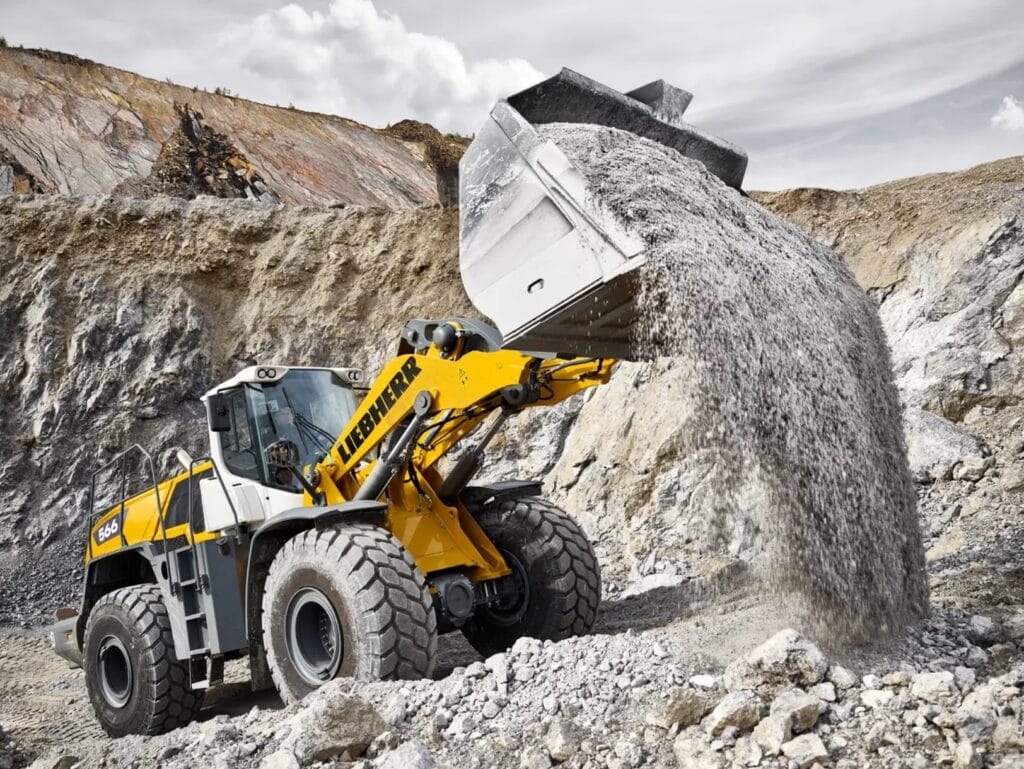
Implications for the Construction Sector
The introduction of hydrogen-powered machinery like Liebherr’s wheel loader could significantly transform the construction sector. Traditionally, this sector faces challenges with electrification, particularly for large machines that demand high energy input. Hydrogen combustion engines offer a feasible solution, allowing such heavy-duty equipment to operate without direct CO₂ emissions. This project highlights how hydrogen can serve as an alternative to fossil fuels, with the potential to enable a cleaner, more sustainable construction industry.
The success of the L 566 H wheel loader could encourage broader adoption of hydrogen technology in heavy machinery, prompting other manufacturers to invest in hydrogen alternatives. As more companies integrate this technology, the infrastructure for hydrogen production, storage, and distribution will need to grow correspondingly, paving the way for a more extensive hydrogen ecosystem.
Expert Opinions
Leonore Gewessler, Austria’s Minister for Climate Action, lauded the partnership between Liebherr and STRABAG, emphasizing the importance of developing alternative energy solutions for industries that are hard to decarbonize. She stated that hydrogen technology is indispensable for achieving Austria’s climate neutrality goals. STRABAG’s CEO, Clemens Haselsteiner, echoed this sentiment, noting that the project represents a crucial step towards reducing emissions in construction.
Dr.-Ing. Herbert Pfab, Technical Director of Liebherr, highlighted the technology’s capacity to provide zero-emission solutions for machinery that is challenging to electrify, pointing out the efficiency of hydrogen engines developed in Switzerland. This pilot underscores a commitment to innovation and collaboration, demonstrating how hydrogen could play a pivotal role in reducing industrial emissions and achieving broader climate goals.
Future Prospects & Challenges
The pilot project involving Liebherr’s hydrogen-powered L 566 H wheel loader offers a promising glimpse into the future of construction machinery. The success of this initiative could lead to broader adoption of hydrogen technology in heavy industries, setting a precedent for more sustainable operations across sectors like mining, logistics, and infrastructure. As hydrogen production becomes greener and more cost-effective, its viability as a large-scale fuel source is likely to increase, supporting the transition to zero-emission solutions.
However, significant challenges remain. One of the most pressing is the limited infrastructure for hydrogen production and refueling. Establishing widespread hydrogen filling stations, particularly in remote or rugged construction sites, will require substantial investment. Another challenge is ensuring the availability of green hydrogen, which is produced through renewable energy sources like wind, solar, or hydropower. Current hydrogen production largely depends on natural gas, which reduces the environmental benefits.
The efficiency and cost of hydrogen engines also need further optimization. While hydrogen combustion engines offer a promising alternative, further research is required to enhance their performance and lower operational costs, making them competitive with diesel engines.
Conclusion
Liebherr’s L 566 H wheel loader represents a pioneering effort to decarbonize heavy machinery in the construction sector. The collaboration between Liebherr and STRABAG at the Kanzelstein Quarry serves as a critical case study in demonstrating the feasibility and potential of hydrogen as a sustainable energy solution. If successful, this project could drive significant policy and industry changes, advancing the global transition to a low-carbon economy. By focusing on hydrogen, Liebherr aims to address the unique challenges of electrifying heavy-duty vehicles, potentially setting a new standard in sustainable construction.

